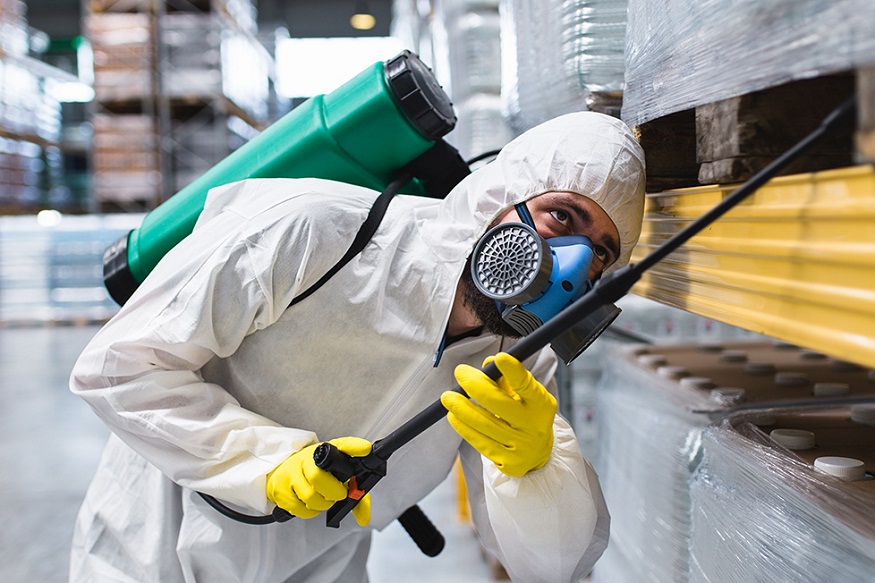
Maintaining a comfortable and clean indoor space involves multiple efforts. A fully operational HVAC facilitates getting rid of invasive species, ensuring a healthier environment. Understanding how these elements interact within your home’s HVAC system can offer a deeper insight into pest management and contribute to a more efficient, pest-resistant space.
1. Through Microclimate Manipulation
HVAC systems significantly influence indoor microclimates, making them less favorable for pests. For example, cooling in the summer helps discourage heat-loving invaders like cockroaches, ants, and beetles, while maintaining warmth during colder months helps deter cold-blooded snakes and certain insects.
Also, humidity control through dehumidifiers reduces moisture, preventing fungi growth that attracts pests like silverfish and termites. Proper air circulation disrupts stagnant air that pests thrive in, and consistent temperature and humidity levels minimize fluctuations that could create ideal conditions for pest growth.
However, eliminating food smells and sealing HVAC entry points like filters and return vents can further deter pests, reducing the likelihood of infestations. These combined strategies help make indoor environments more inhospitable for pests, creating a cleaner and more comfortable home.
2. Ductwork and Vents Protection
Ductwork and vents can act as highways for pests to access different parts of the home, making their protection crucial in pest prevention. Pests often use cracks, loose connections, or unsealed gaps in ductwork to infiltrate living spaces, while outdoor HVAC units can provide shelter, attracting rodents, birds, and insects closer to entry points.
Furnace and Duct Cleaners near me can help mitigate these weak points by installing fine-mesh screens over exterior vents to block pest access and sealing ductwork with high-quality materials like durable tapes and sealants to close potential entry points.
Also, regular inspections for nests, droppings, or chewed wires are essential to detect pest activity early. Keeping the area around outdoor units clean further reduces nesting opportunities. These steps ensure improved indoor air quality, enhanced HVAC efficiency, and reduced risks of infestations.
3. Eliminating Indirect Pest Attraction through HVAC Maintenance
Malfunctioning HVACs can act as a gateway for pests to your home. For example, coils with foreign elements can produce damp spots that lure moisture-loving pests like ants and termites, while the warmth outdoor units generate can attract heat-loving insects seeking shelter.
Also, leaves and organic matter can accumulate around outdoor units and condense drip pans, providing nesting and breeding grounds for rodents and insects. Regular maintenance, incorporating cleaning outdoor units, ensuring proper condensate drainage, replacing filters, and keeping surrounding areas clear mitigates these risks.
Further, applying natural repellents like peppermint oil to the filter can deter pests, while inspections help identify early signs of infestation. Homeowners and HVAC professionals must incorporate these preventive measures into an integrated pest management plan to minimize pest attraction and maintain a pest-resistant environment.
4. Pest Inspections
Pests can be elusive, often evading detection until infestations escalate, making regular pest inspections vital for HVAC systems. These inspections help uncover early signs of pest activity, such as nests, droppings, or chewed wires, preventing minor issues from becoming significant. By identifying entry points like gaps in ductwork or damaged vents, inspections facilitate targeted sealing to block future intrusions.
HVAC professionals assess risk factors, including moisture or clutter, enabling customized prevention strategies. Regular monitoring ensures pest control measures remain effective while adopting critical adjustments. The proactive approach minimizes property damage, health risks, and disruptions caused by pests.
In conclusion, quality and well-installed HVAC systems are vital in integrated pest management, as they prevent infestations through proactive and risk mitigation strategies. However, partnering with an experienced HVAC company is essential to customize solutions tailored to your needs—from addressing physical barriers to minimizing conditions that attract pests—ensuring a safe, pest-free, and efficient indoor environment.



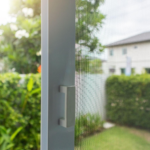
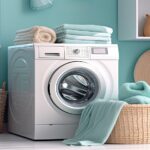

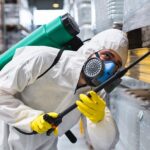
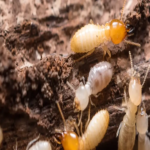


Leave a Reply
You must be logged in to post a comment.